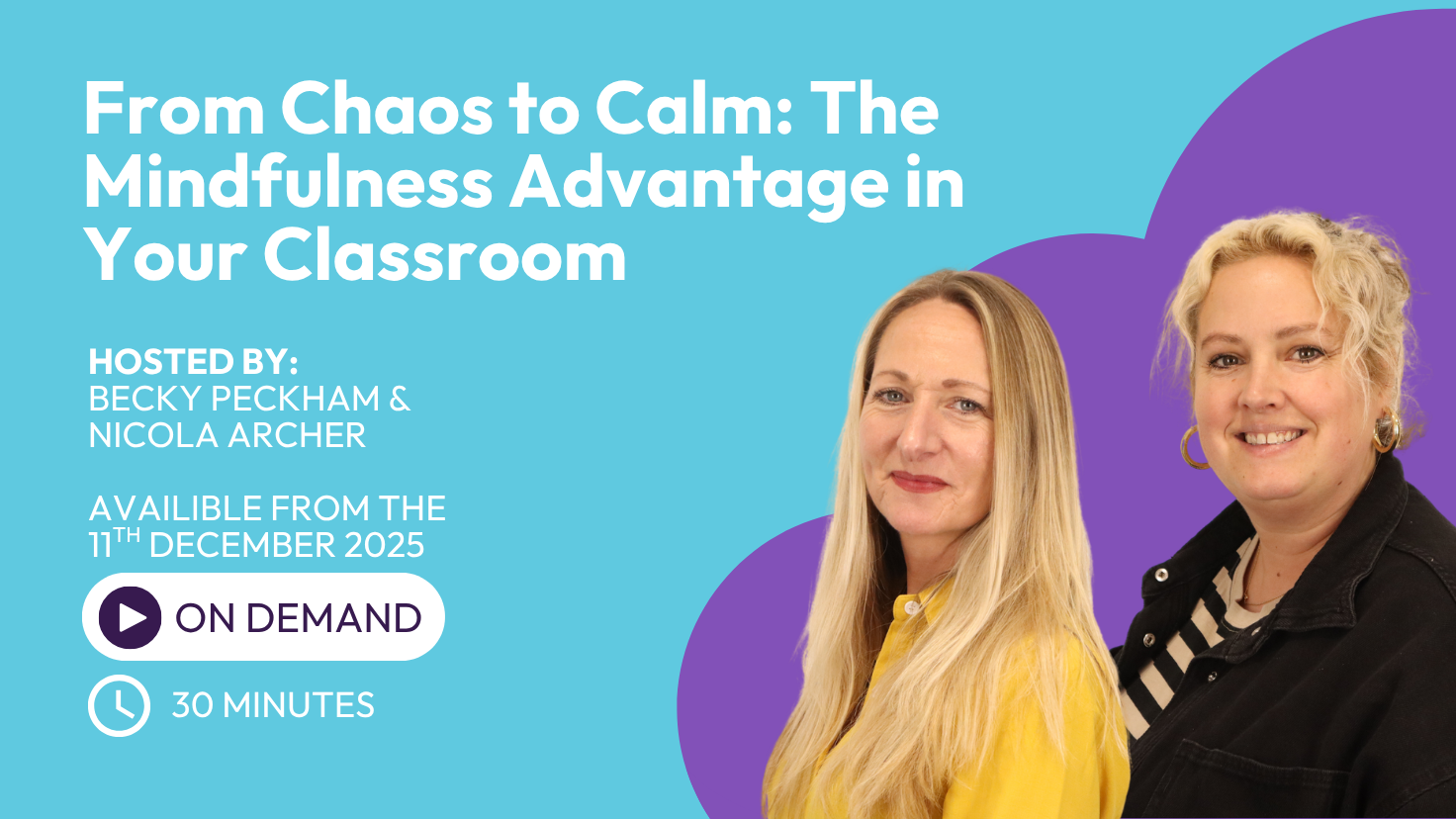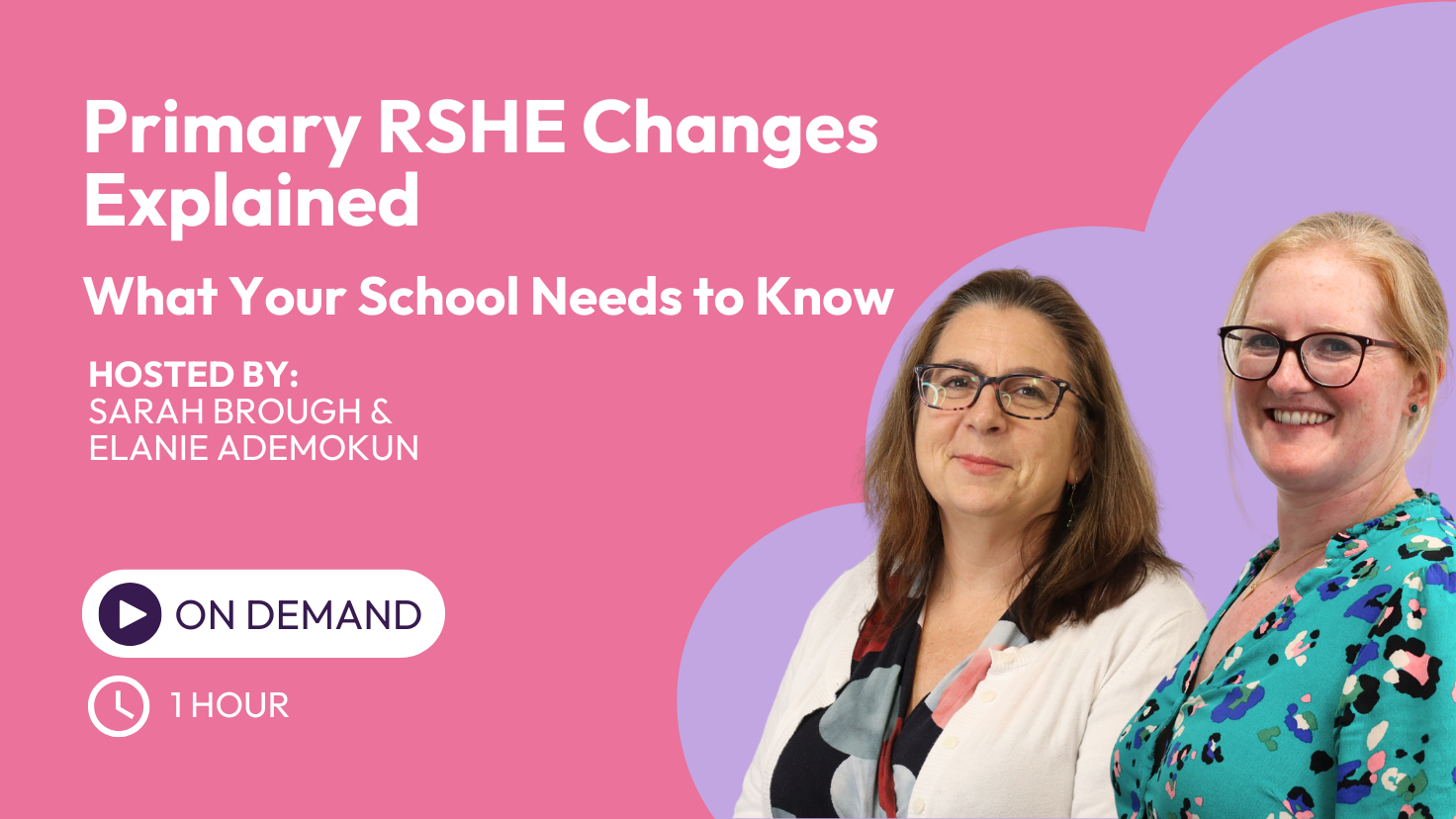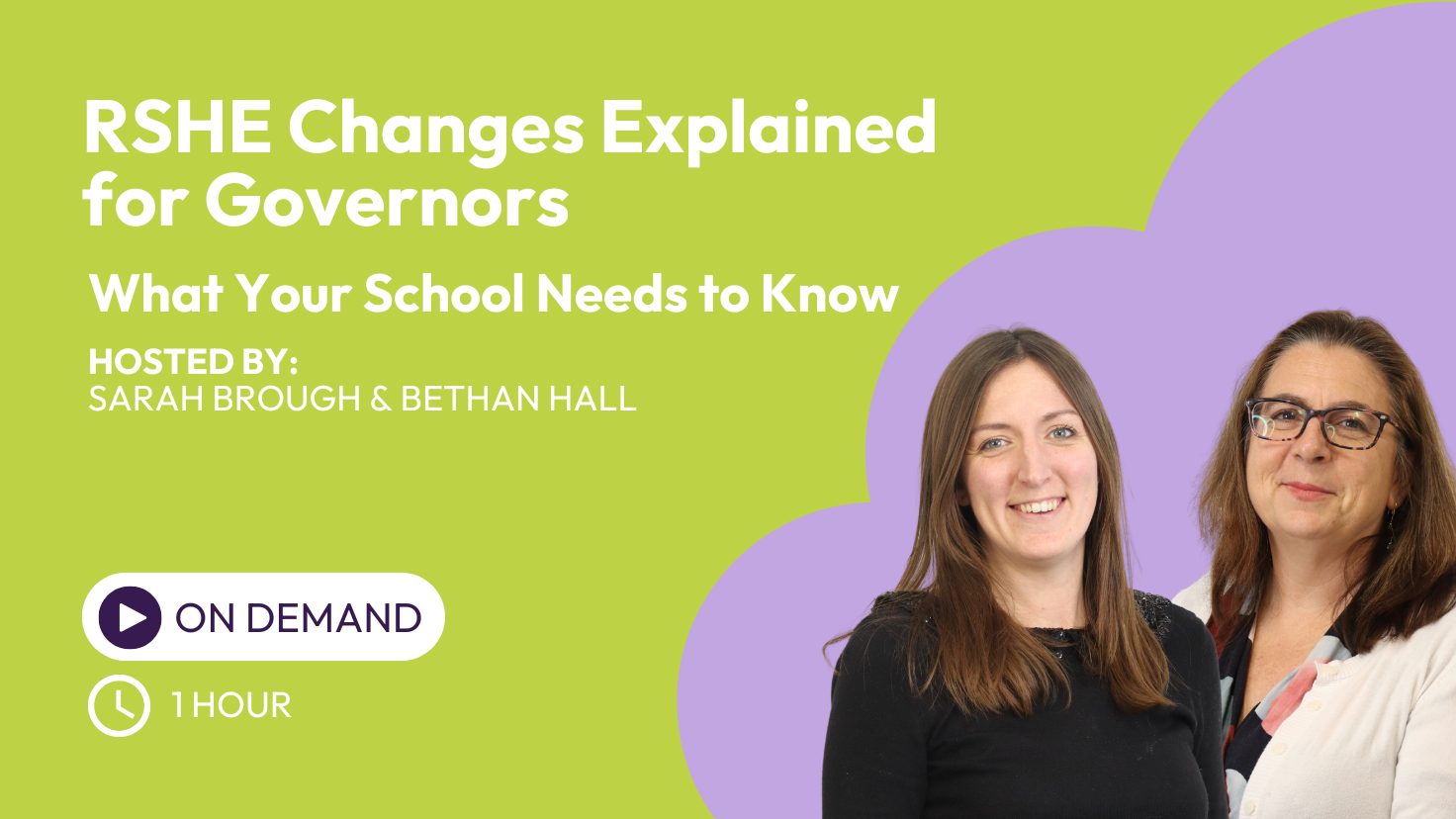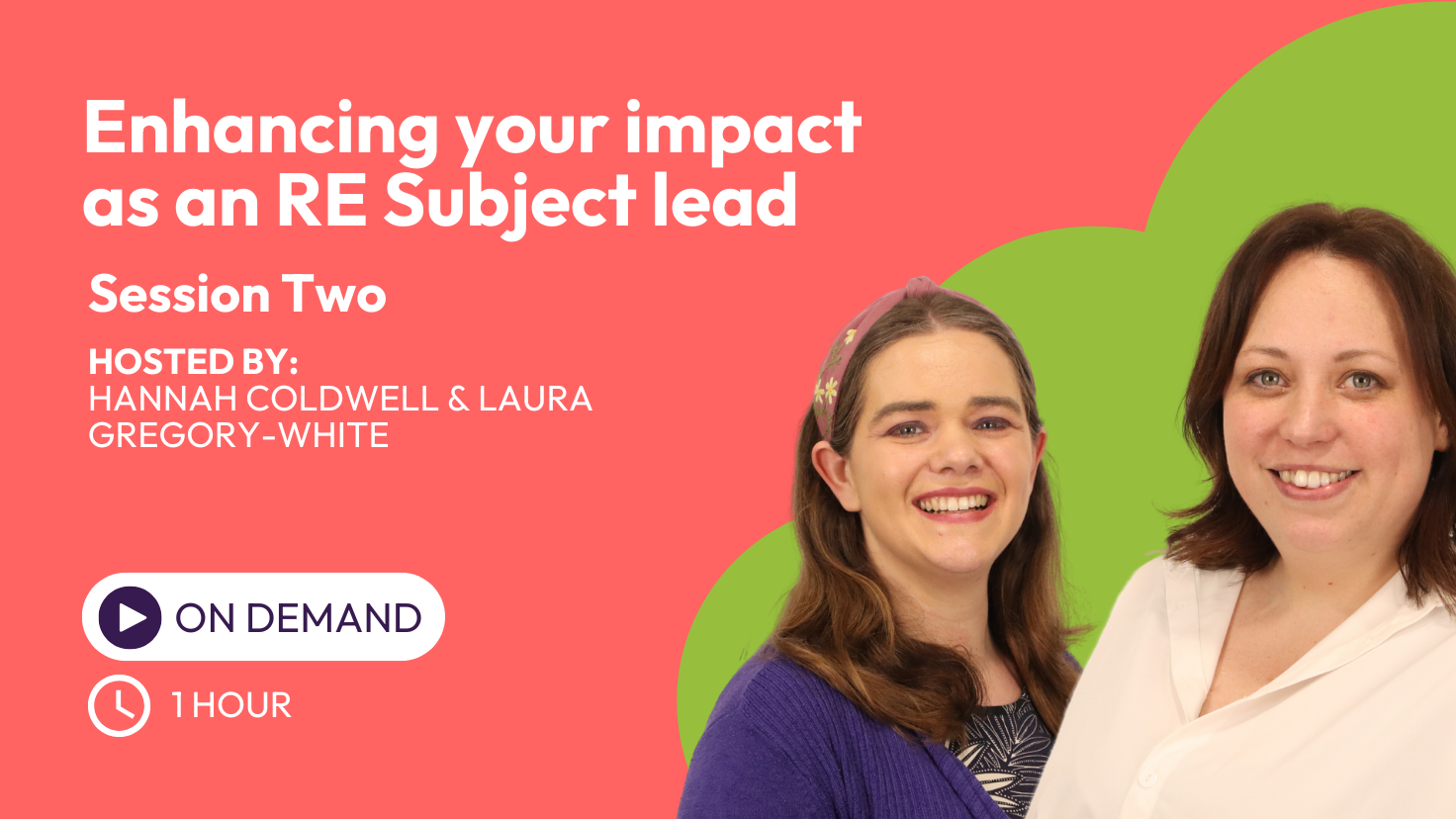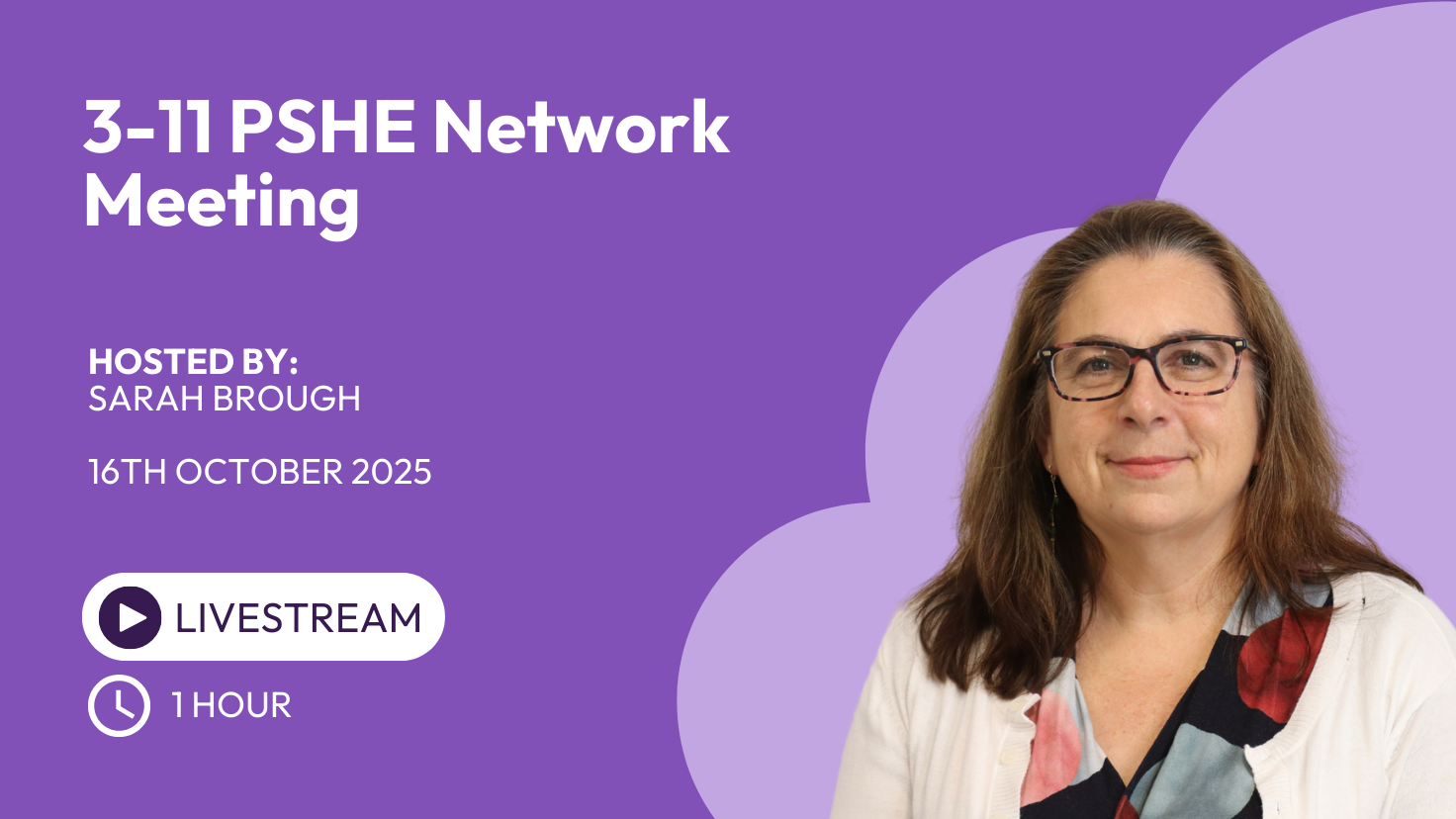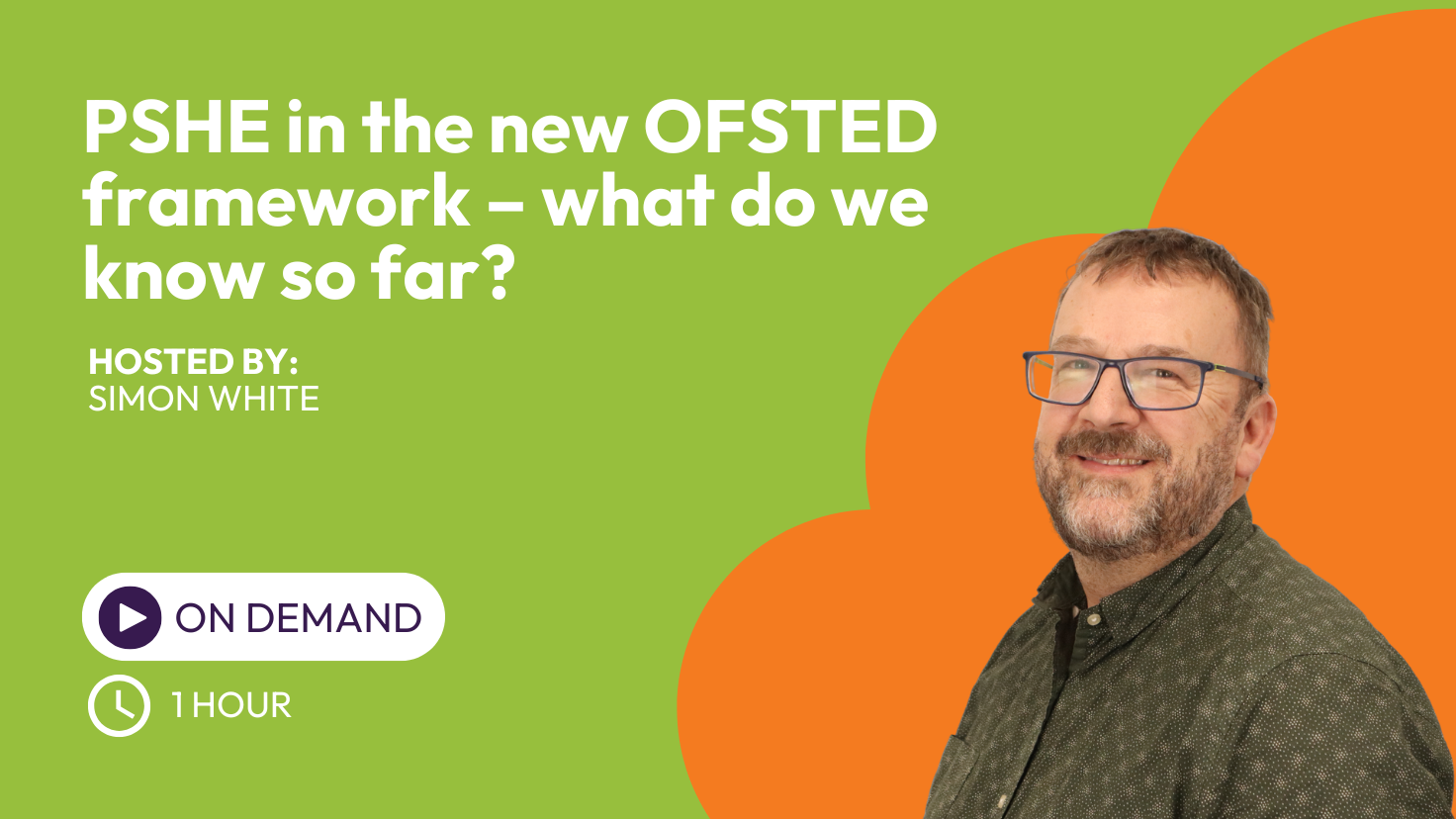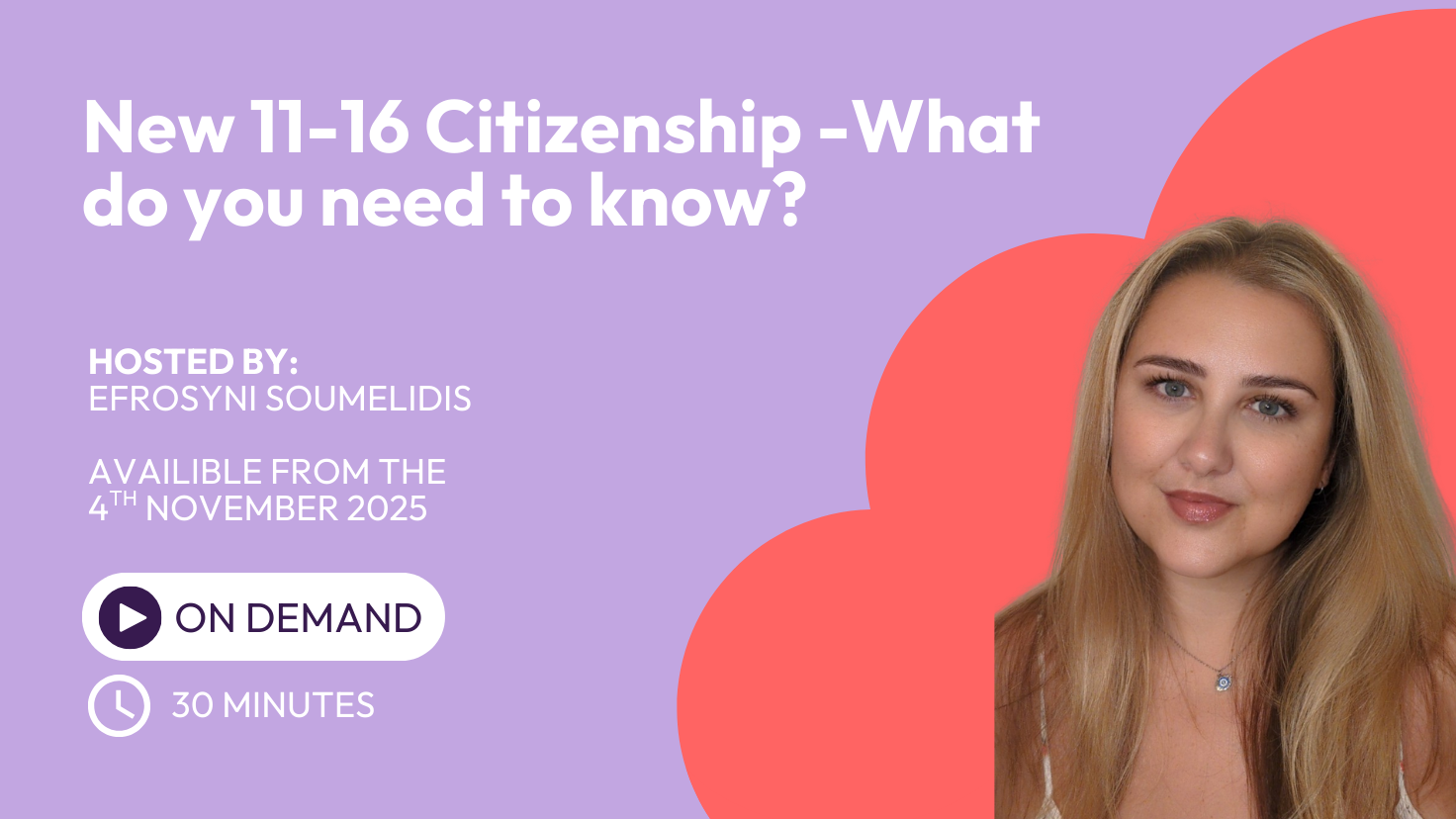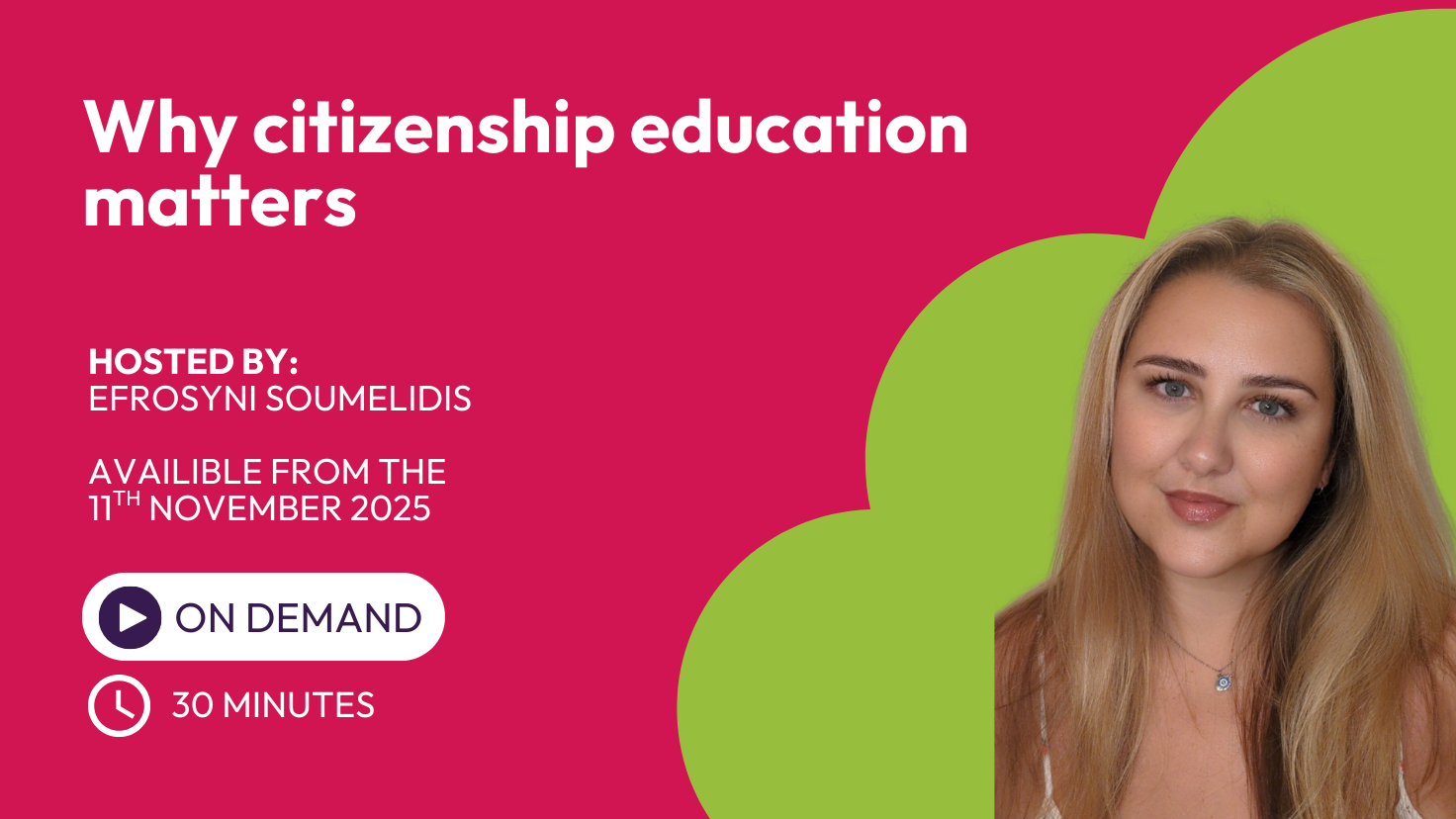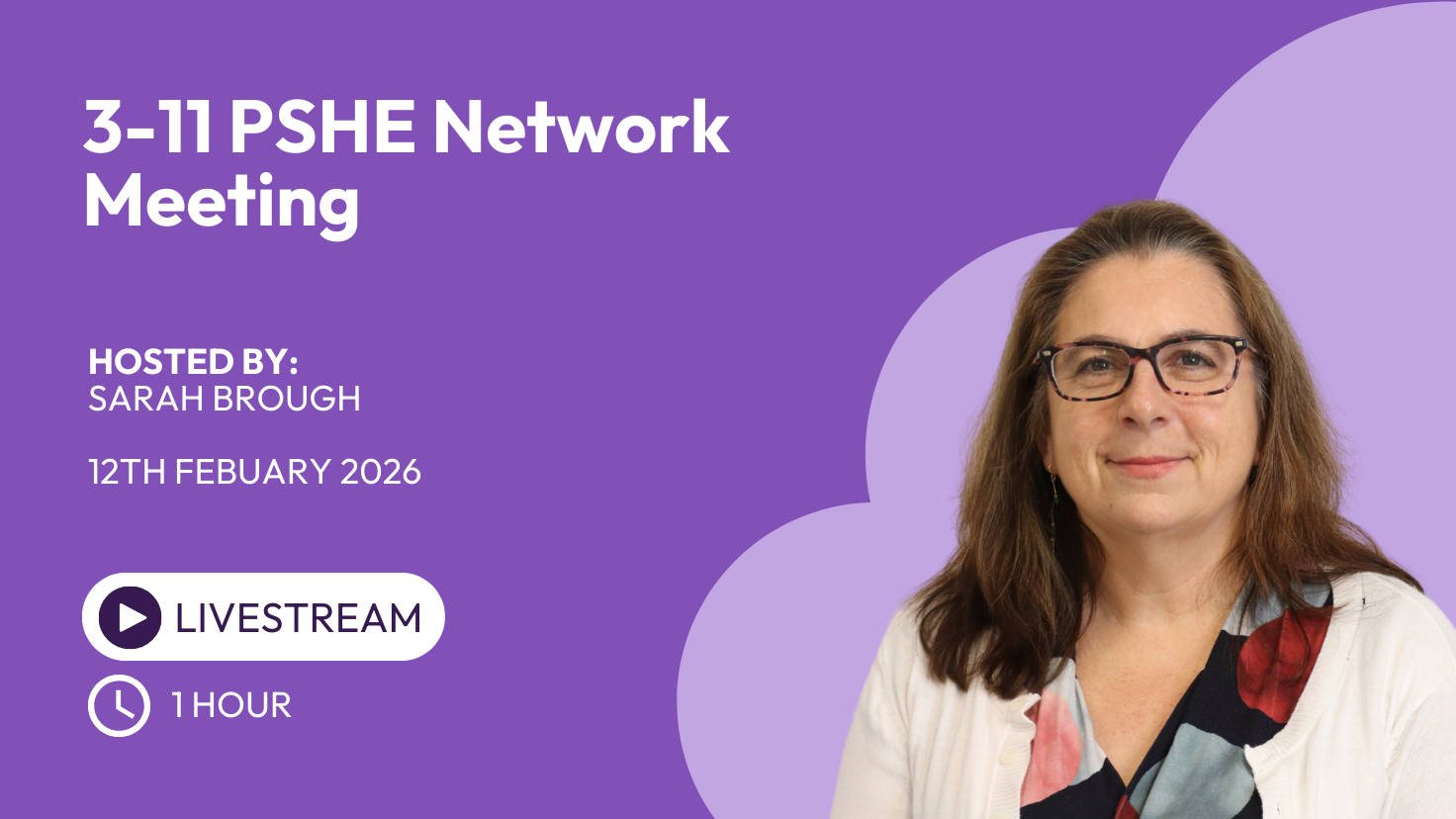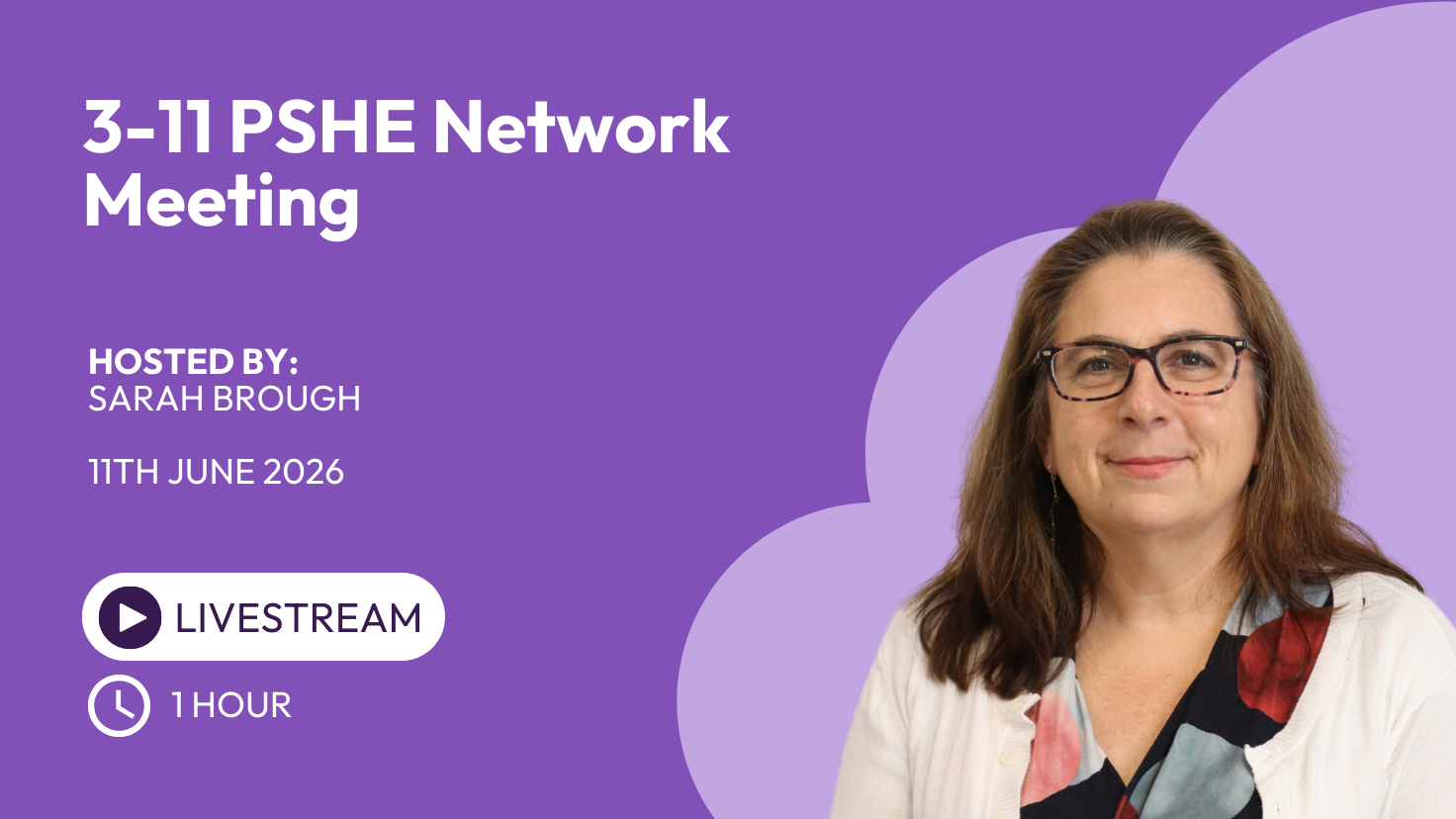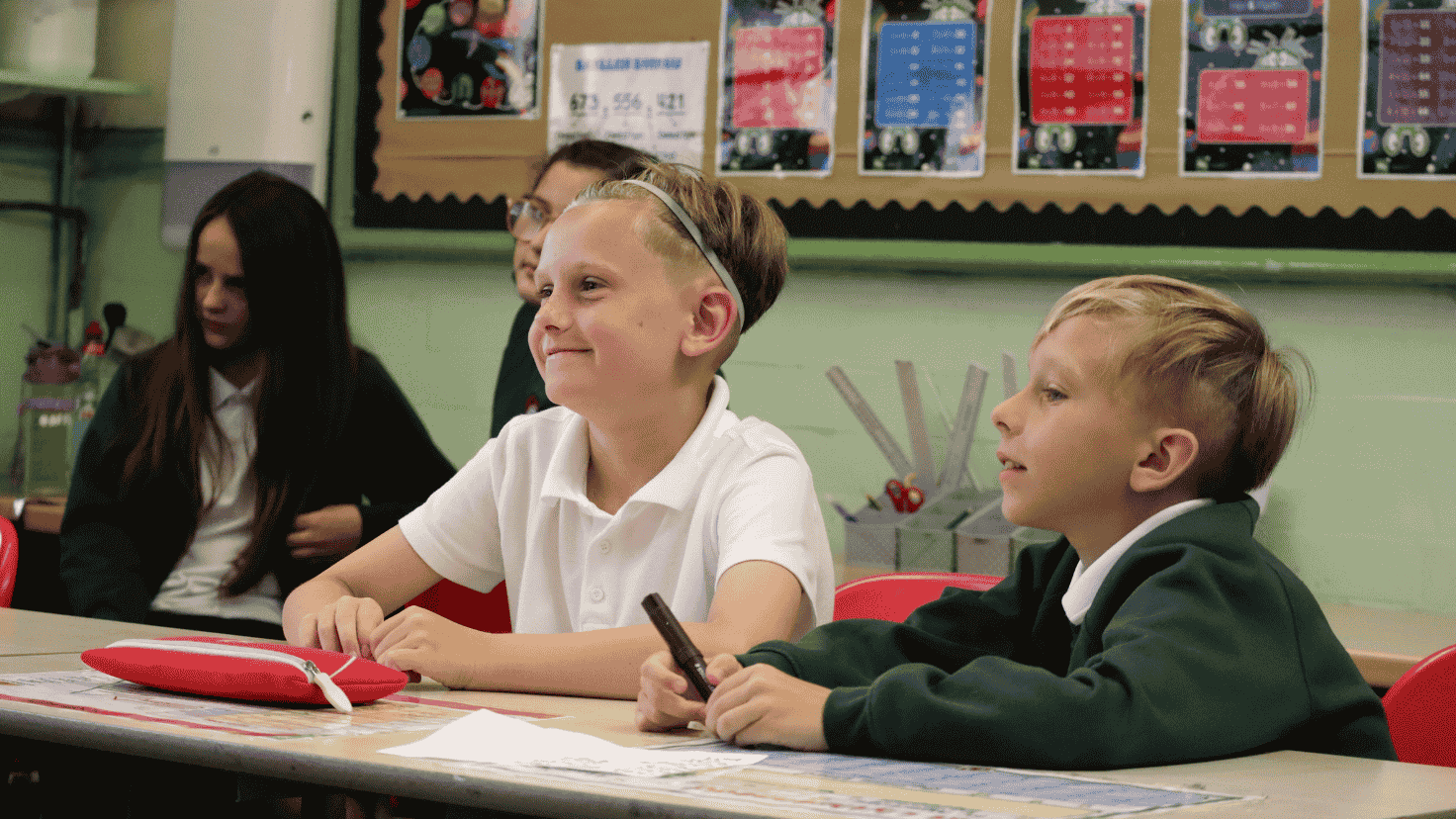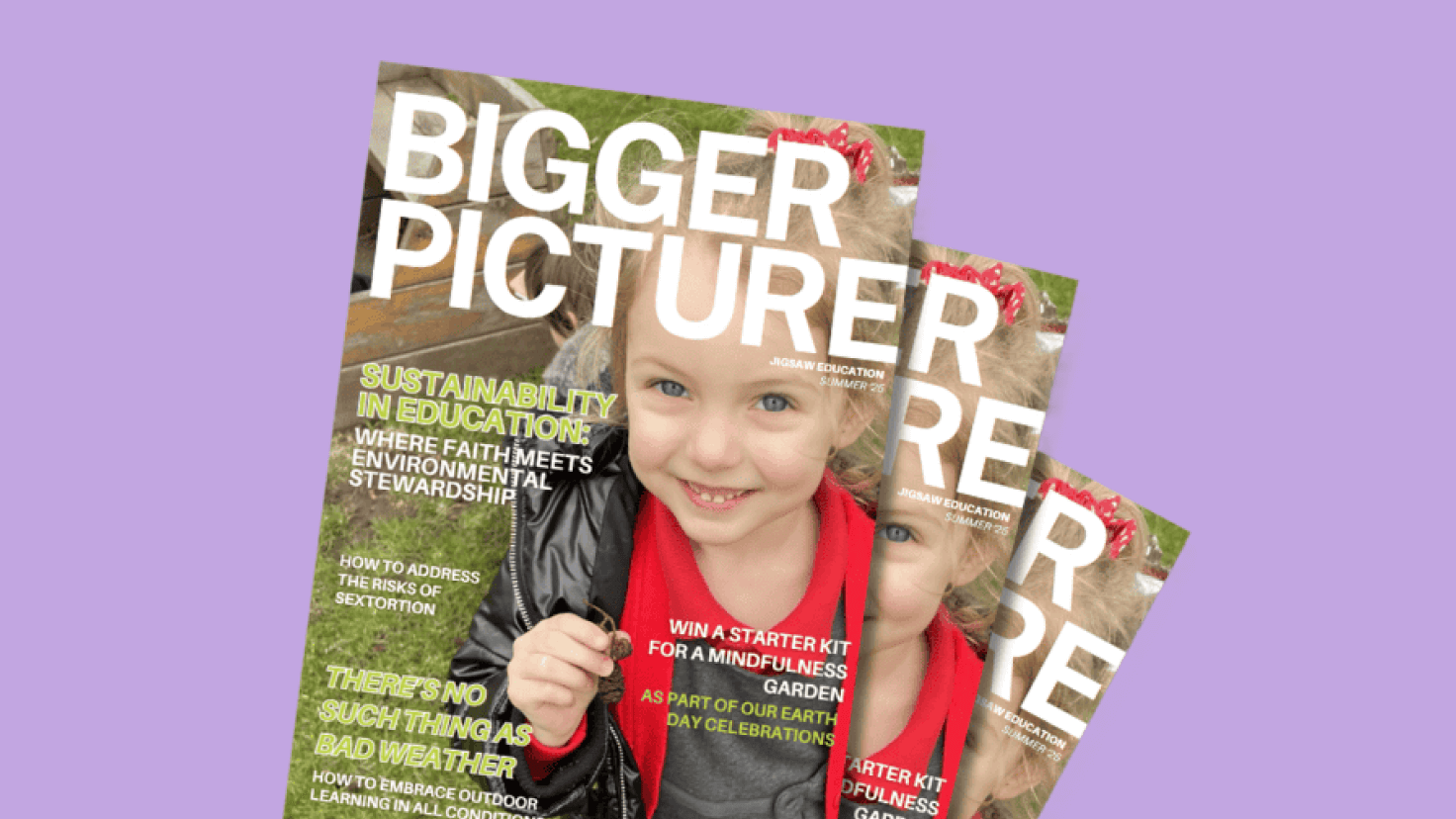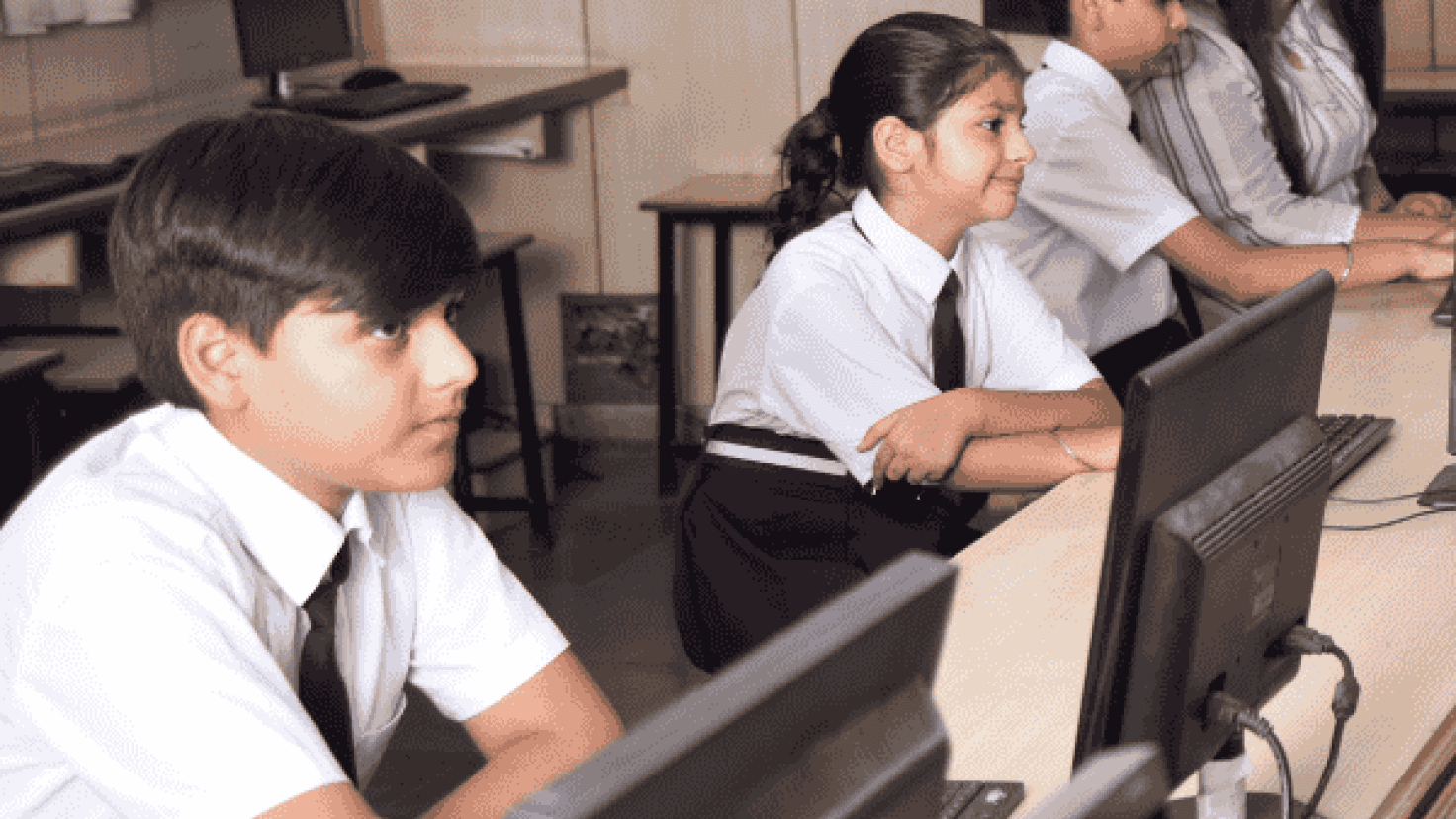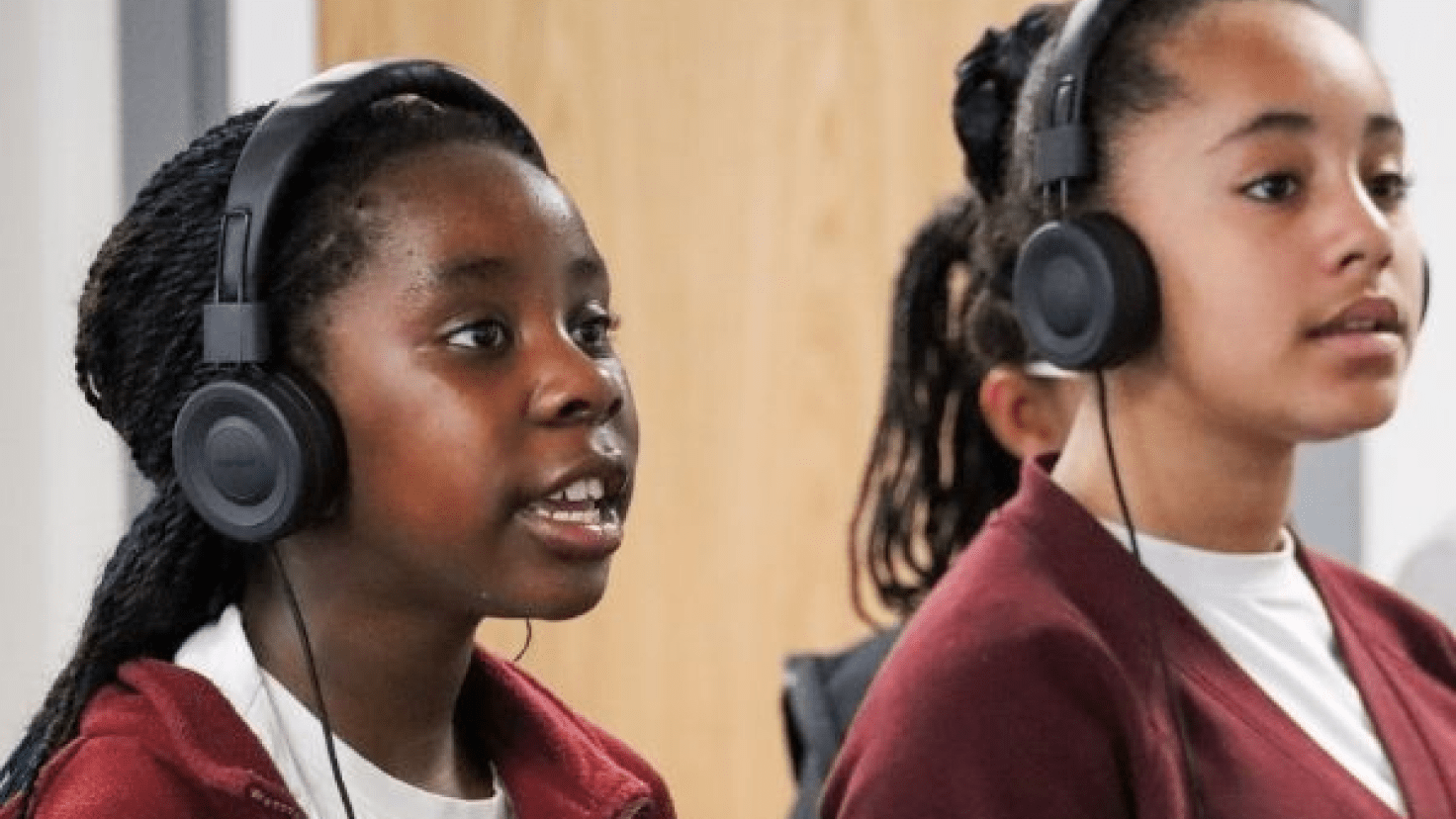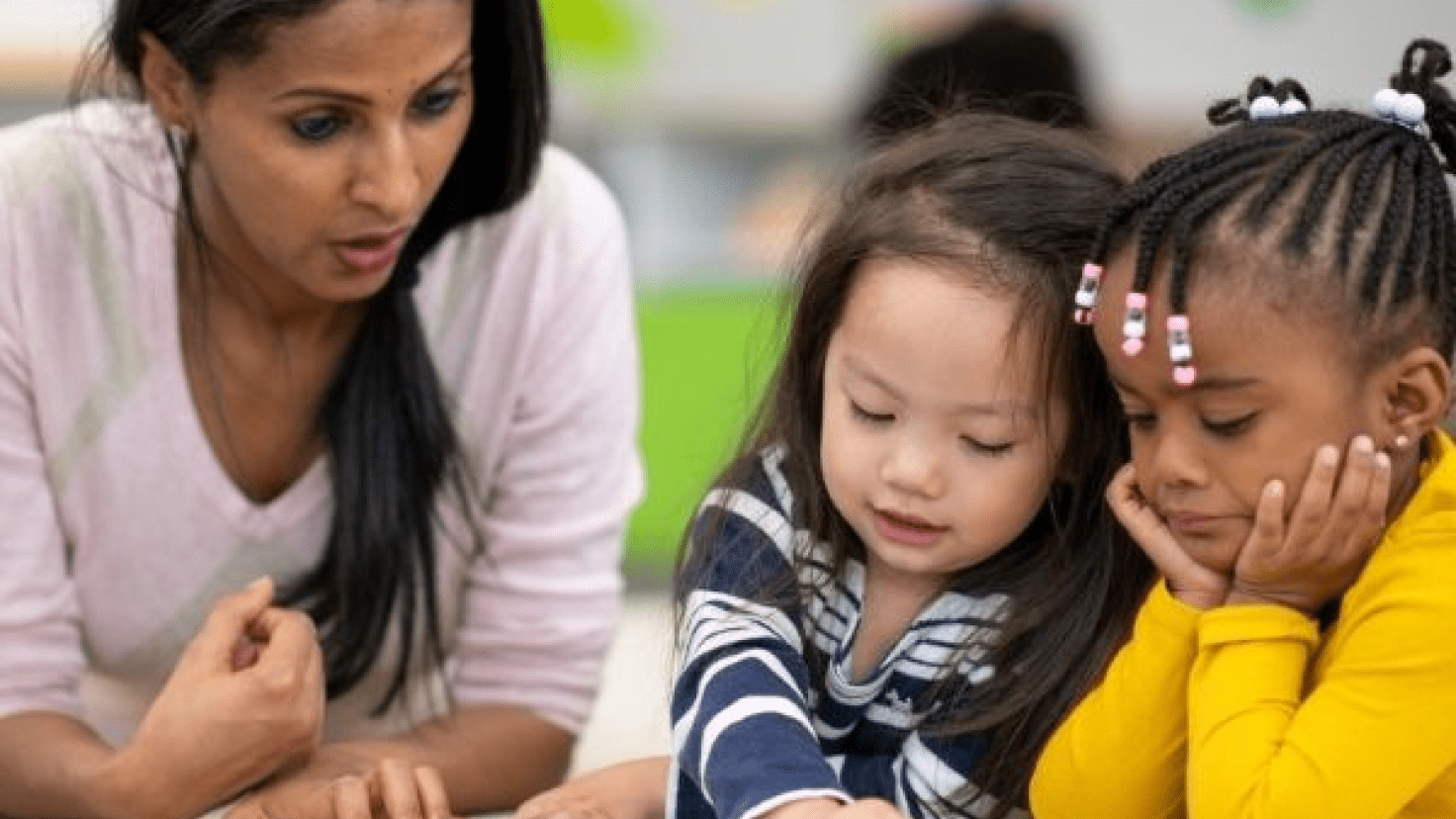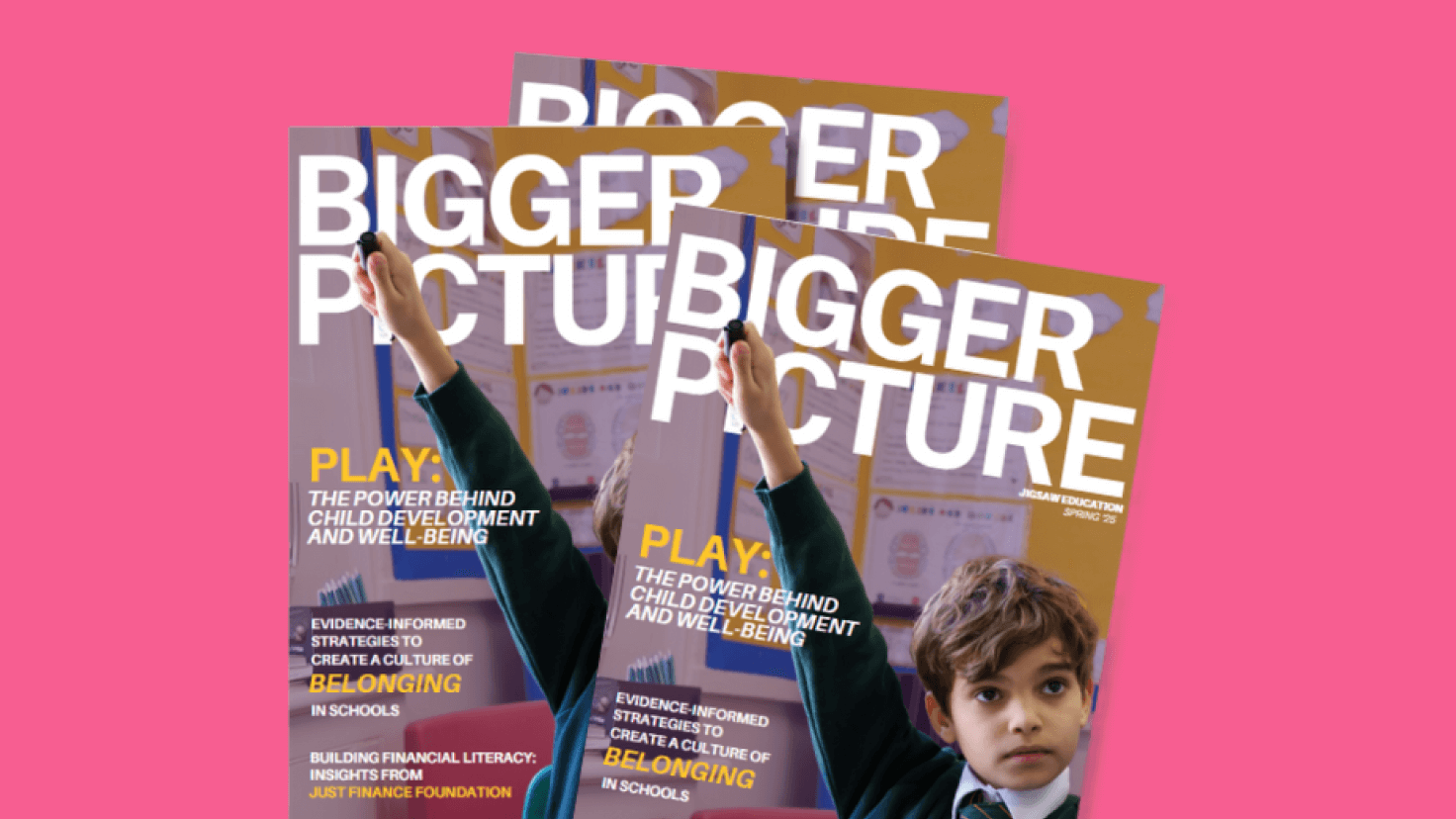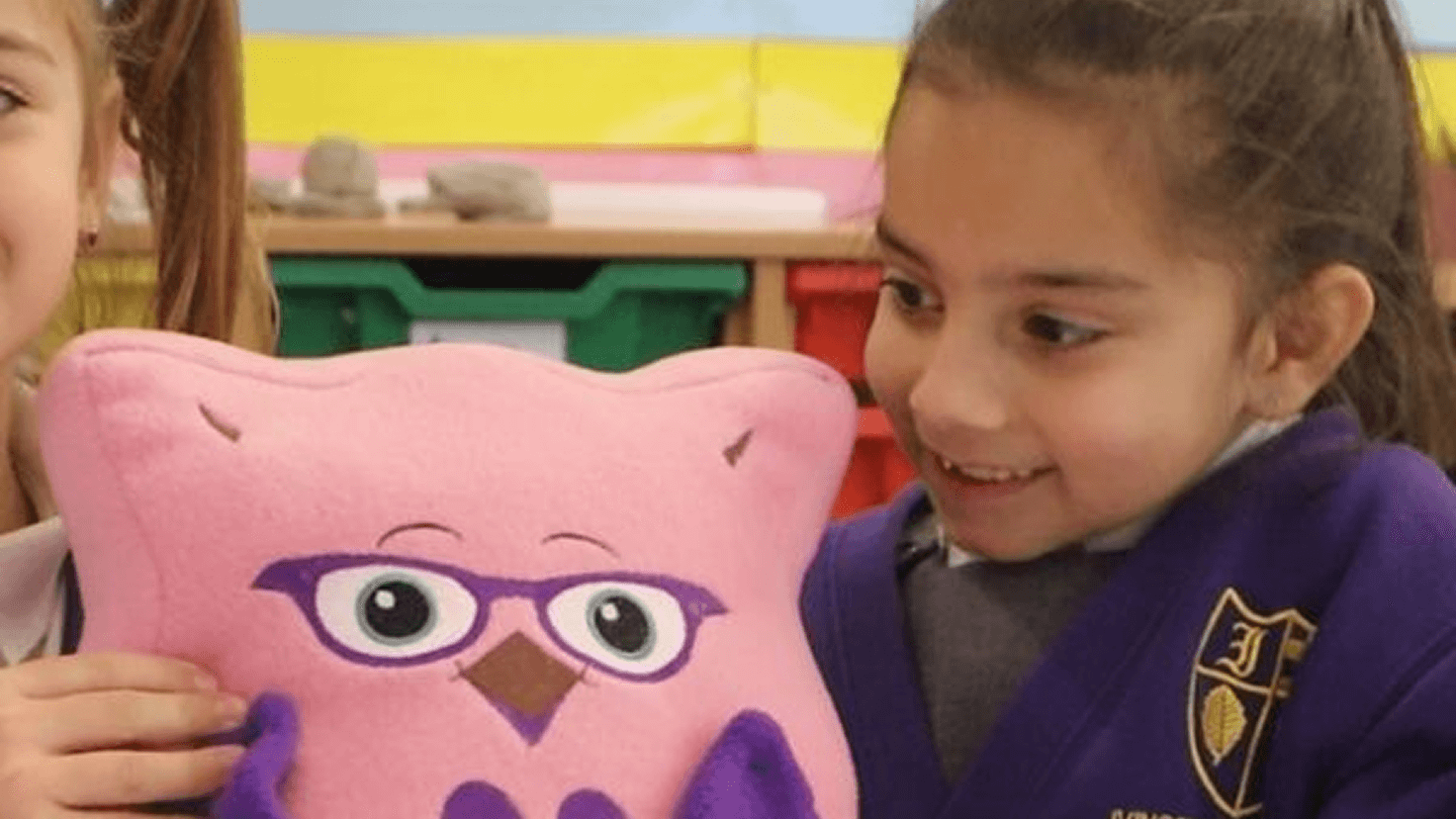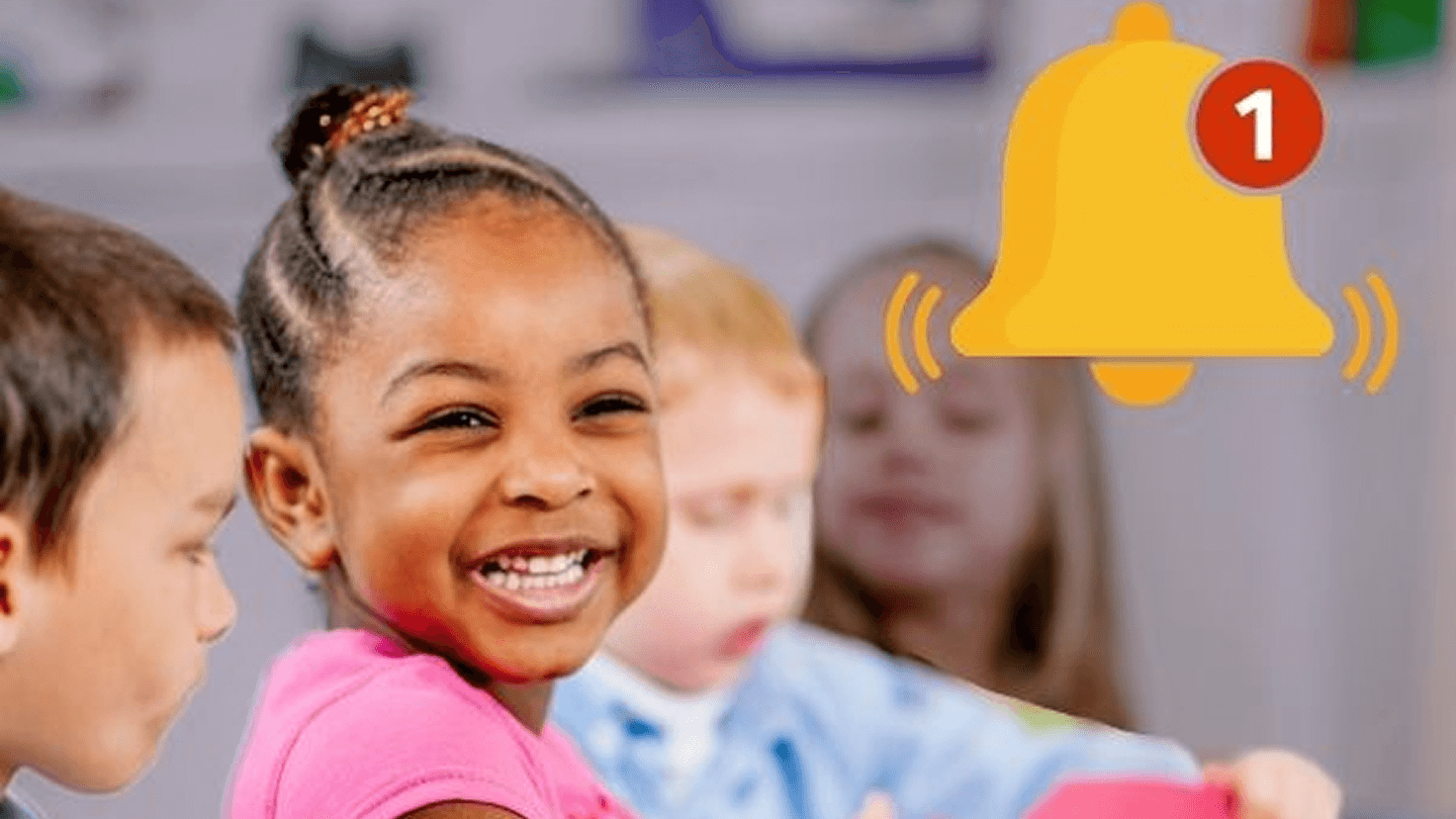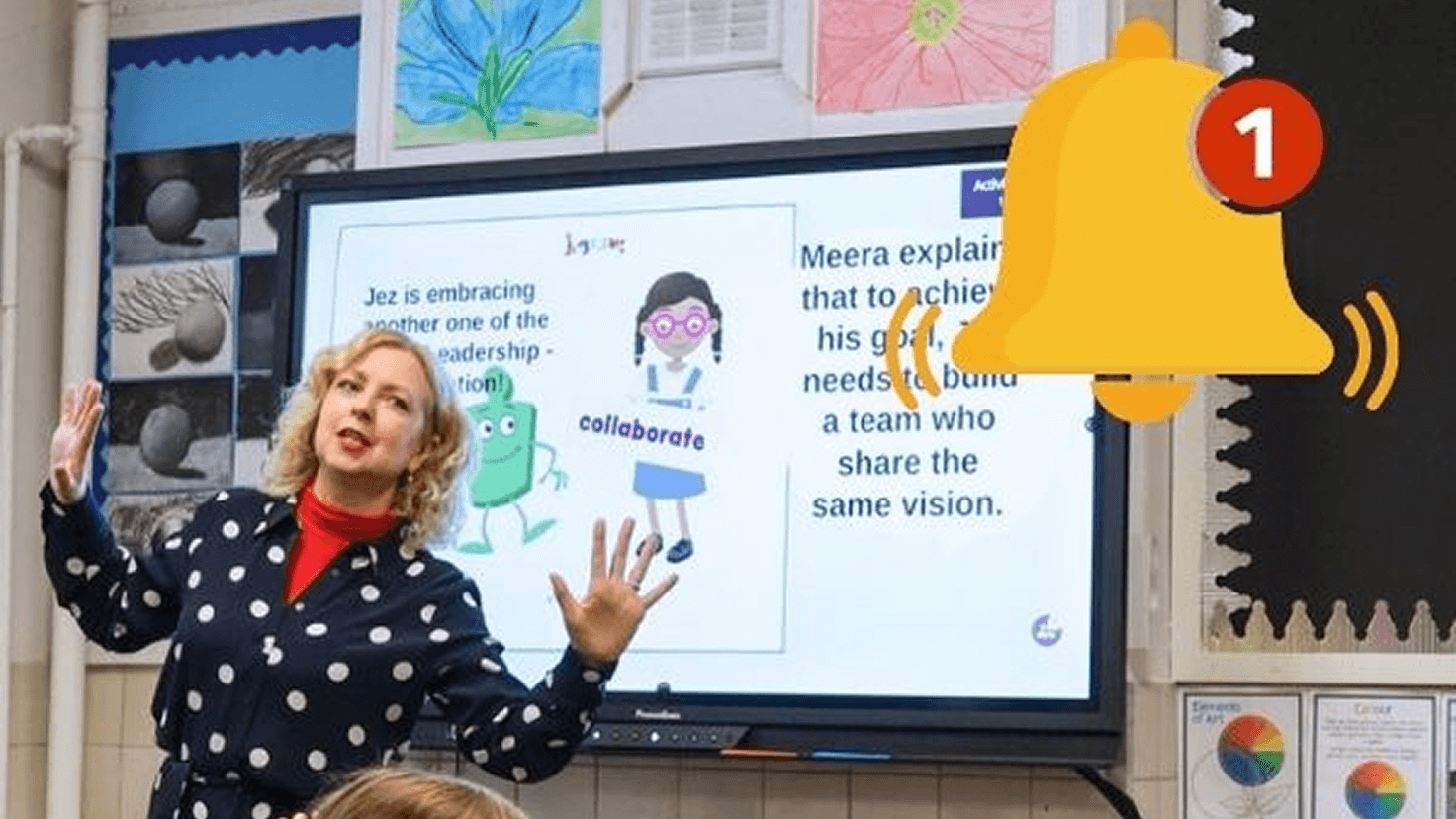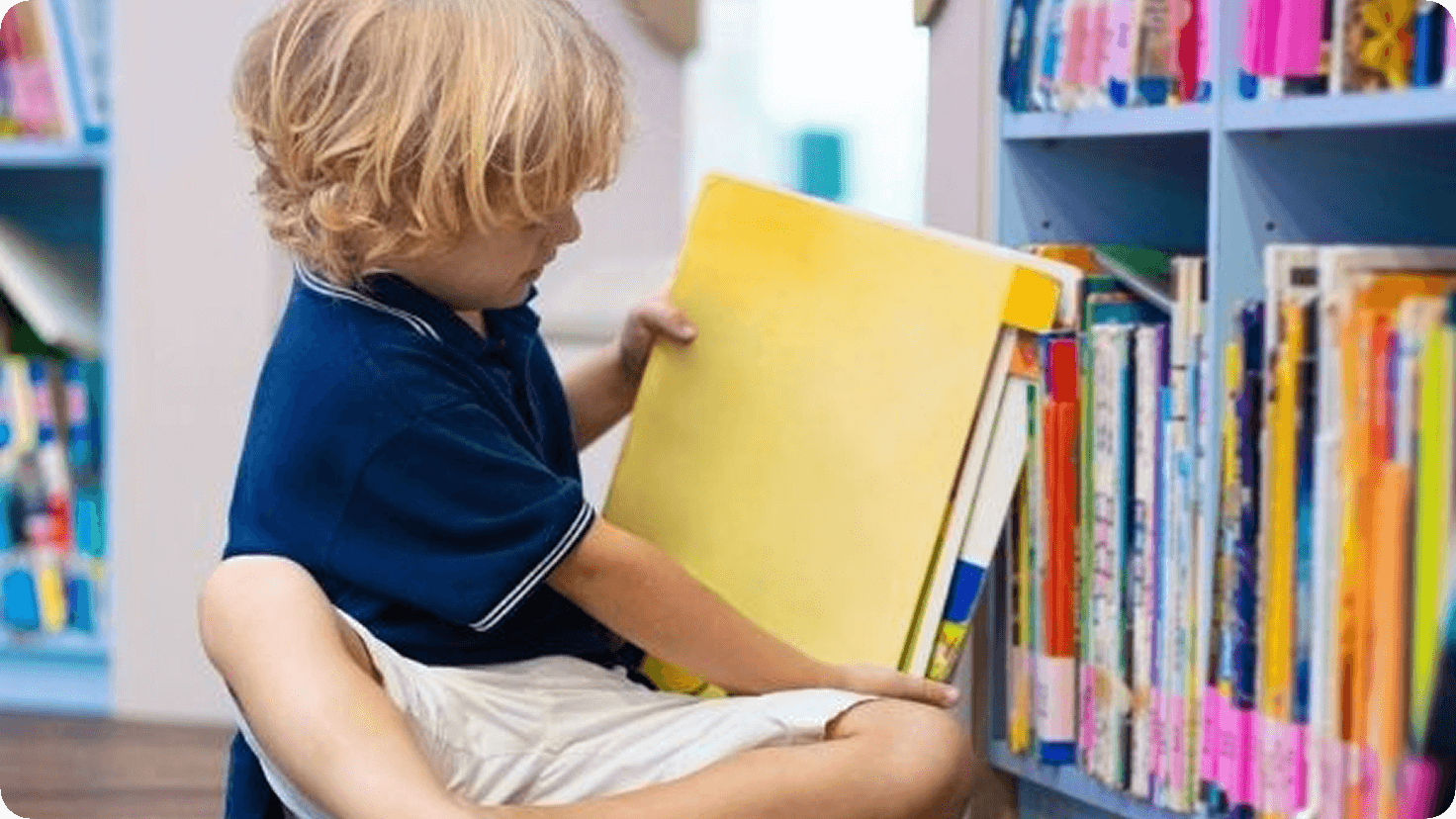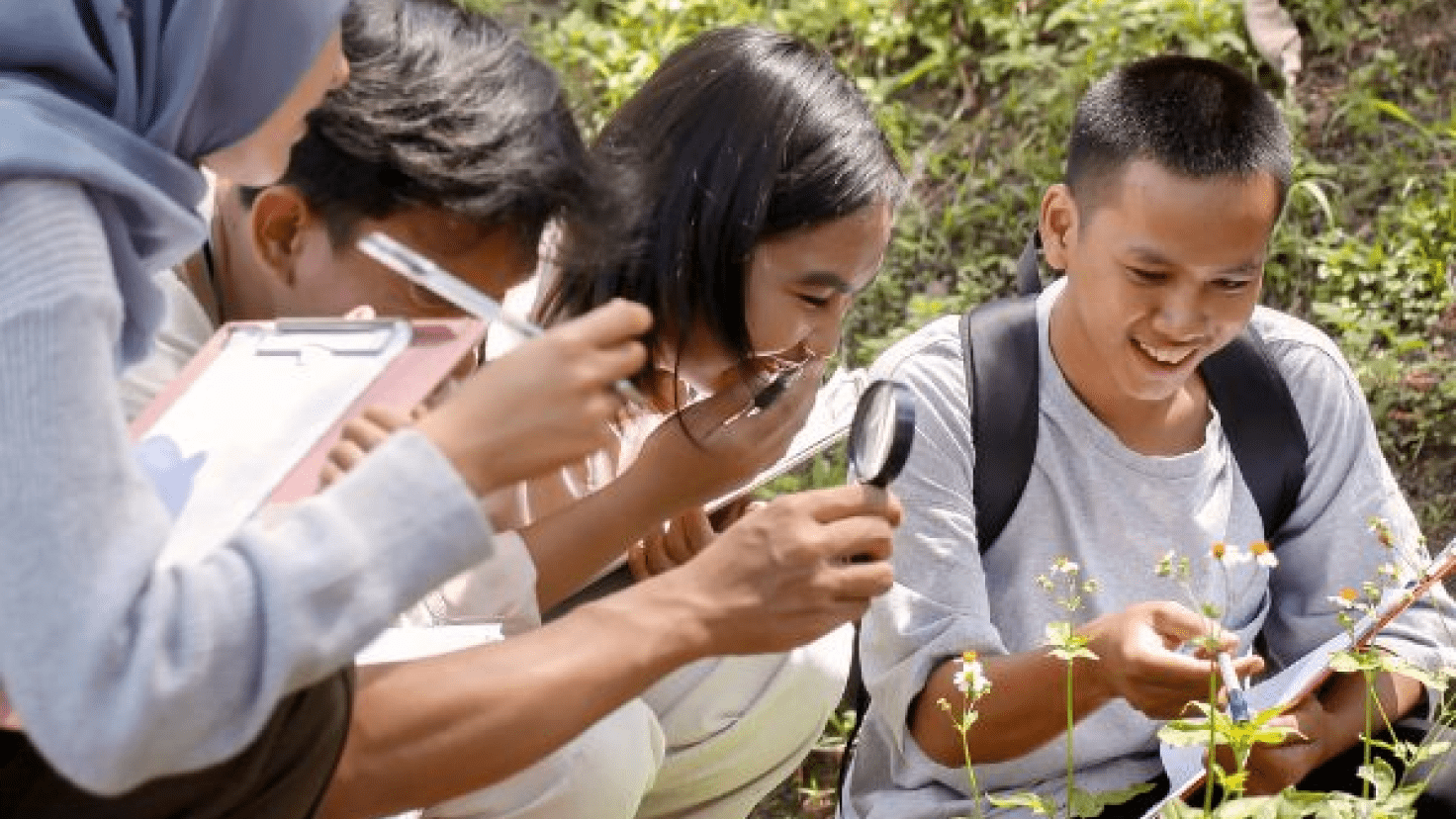Articles & Updates
26 September 2025
Inter Faith Week: 9th-16th November 2025

What does ‘interfaith’ actually mean and is there a place for it in our schools?
Taking place annually in November, Inter Faith Week begins on Remembrance Sunday. During this period, many places of worship open their doors to the wider public. The word ‘Interfaith’ refers to encounters that increases understanding between individuals of varying faiths. Whilst the term ‘faith’ implies a religious belief, interfaith is increasingly inclusive of those with non-religious worldviews.
Interfaith work supports many schools’ values and visions, especially those that are centred on empathy, kindness, community or diversity. It is an opportunity to enrich pupils’ cultural capital and personal development. By learning about the beliefs and traditions of others, we also better understand and refine our personal worldview.
Inter Faith Week’s 2025 Theme
For 2025, Inter Faith Week is centred on the theme ‘Community: Together We Serve’. Community is always at the heart of Inter Faith Week: local faith communities will often open their places of worship to welcome those who would like to learn more about their beliefs and practices; interfaith groups will arrange special events to bring together people of all faiths and none. The connections made during this week will hopefully be the starting point for acquaintances and relationships to grow in the months and years that follow.
Our schools are communities too – including staff, pupils and their families. Interfaith activities often provide opportunities to explore a wider range of faiths and beliefs than the standard RE curriculum allows. They can be both a mirror to reflect our pupils who are generally under-represented and a window through which young people encounter unfamiliar beliefs and lived experiences.

One starting point could be to explore the census data relating to religion for your local area. As well as looking at the most recent statistics, consider what they were in previous years and what they might look like in the future. For example, currently 6% of the UK population identifies as Muslim, but this rises to 10% in the 5-15 age range (MCB).
Service is also an integral part of this year’s theme. Each year, Inter Faith Week takes place just before Mitzvah Day, a Jewish-led day of social action, which includes people of all faiths and none. The original meaning of ‘Mitzvah’ is a commandment from God, with 613 Mitzvot (plural of Mitzvah) established within the Jewish tradition.
It has also come to mean an action to carry out the commandment, doing good and helping others. This is an important part of Jewish life and contributes to Tikkun Olam (repair of the world), which comes from an early Jewish code called the Mishnah.
What are the challenges of interfaith encounters?
Whilst interfaith encounters provide many positive benefits, there are challenges around ensuring these sessions have meaningful impact.
Often, interfaith encounters focus on what different belief systems or individuals have in common. Whilst this is a way of creating a connection with others, it can result in surface-level interactions. Research has found that the most meaningful interfaith work includes holding challenging conversations around areas of disagreement. This needs to happen within a safe space, where participants show respect to those with a different point of view. It is important to ensure such interactions end with repair and reconnection. This could be achieved by returning to shared values and acknowledging each person’s identity beyond their religious or non-religious beliefs.
It can also be challenging to find authentic representation of different faiths when the school or local community is not diverse. Schools can address this by seeing if there is an existing interfaith group in the area, reaching out to local RE advisors and exploring online resources such as the RE Hubs website, which provides links to an increasing number of school speakers.
Planning meaningful interfaith work in schools
Contact theory (or contact hypothesis) was proposed by Gordon Allport in 1954. It continues to be used as a guide for facilitating encounters between members of different social and cultural groups, with the goal of increasing understanding between them. There are four key features of effective practice:
- Equal status of participants
In the classroom, this includes setting expectations for respectful curiosity and recognition that every member of the class has their own identity and point of view, whether that is informed by a religious or non-religious organised worldview or not. It is important that young people understand opinions can sit on a spectrum and are not binary. It may be helpful to draw up a charter that can be referred to during the sessions. - A common goal
Effective interfaith work has an intended outcome. It is an opportunity to draw together learning about different worldviews under a particular theme such as prayer, care for the world, special foods or people who inspire us. This allows differences of beliefs and practices to be acknowledged within a shared context. Outcomes could include artwork, creative writing, oral presentations or community action such as fundraising or litter picking.

- Intergroup cooperation
Collaboration and cooperation are essential life skills. Groupings for interfaith experiences should ensure that young people have the opportunity to work with those from different backgrounds and to achieve together. Depending on the age of the pupils, varying levels of adult support may be needed to ensure that all members of the group are able to participate and succeed. - Support of authority beyond the group
Inviting the Head Teacher, a member of SLT or a governor to take part in the session or speak to young people afterwards demonstrates how the school values interfaith work. Young people could also present their experiences and learning to other year groups or to parents.
Just as schools embed anti-bullying work year-round, so too can interfaith become a regular part of the curriculum. In addition to Inter Faith Week, specific opportunities include World Religion Day, which takes place every January, and key festivals celebrated by the communities represented in each school and local area.
Download our FREE Inter Faith Week resources!
We’re thrilled to offer fantastic resources to help your school engage in Inter Faith Week – download by clicking the button below.
Additional resources:
Inter Faith Week
Mitzvah Day
England and Wales 2021 Census Data

